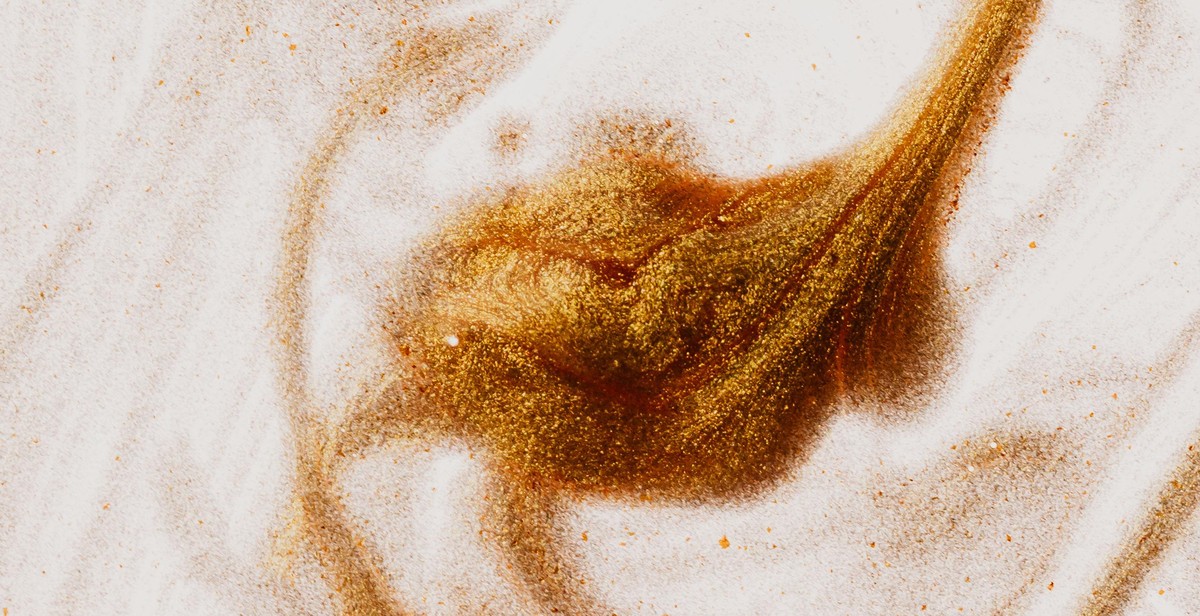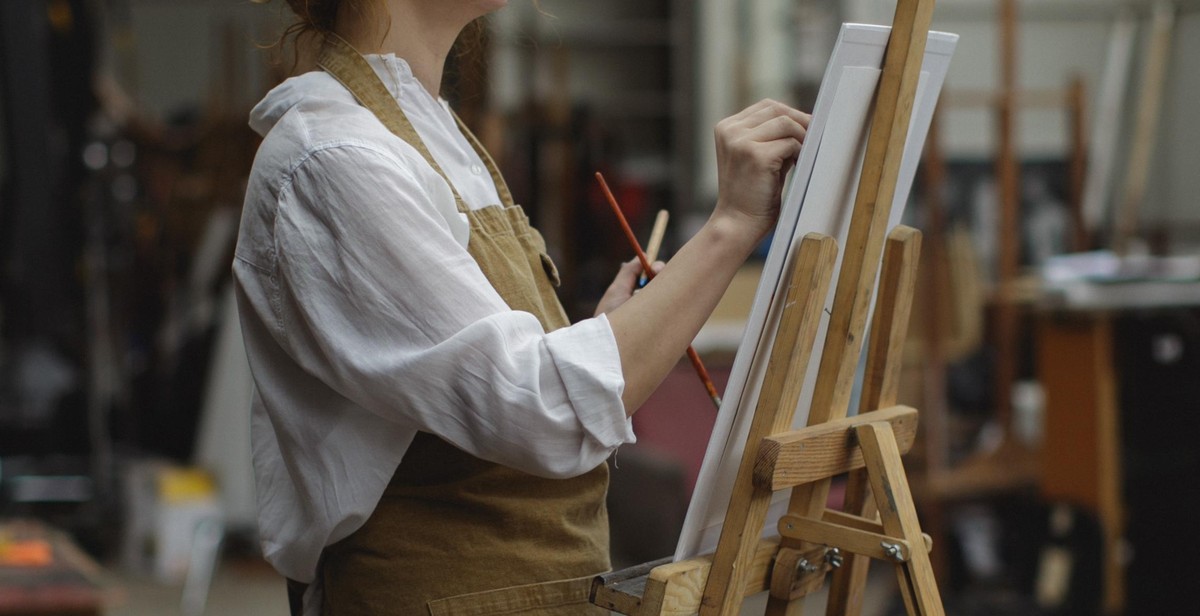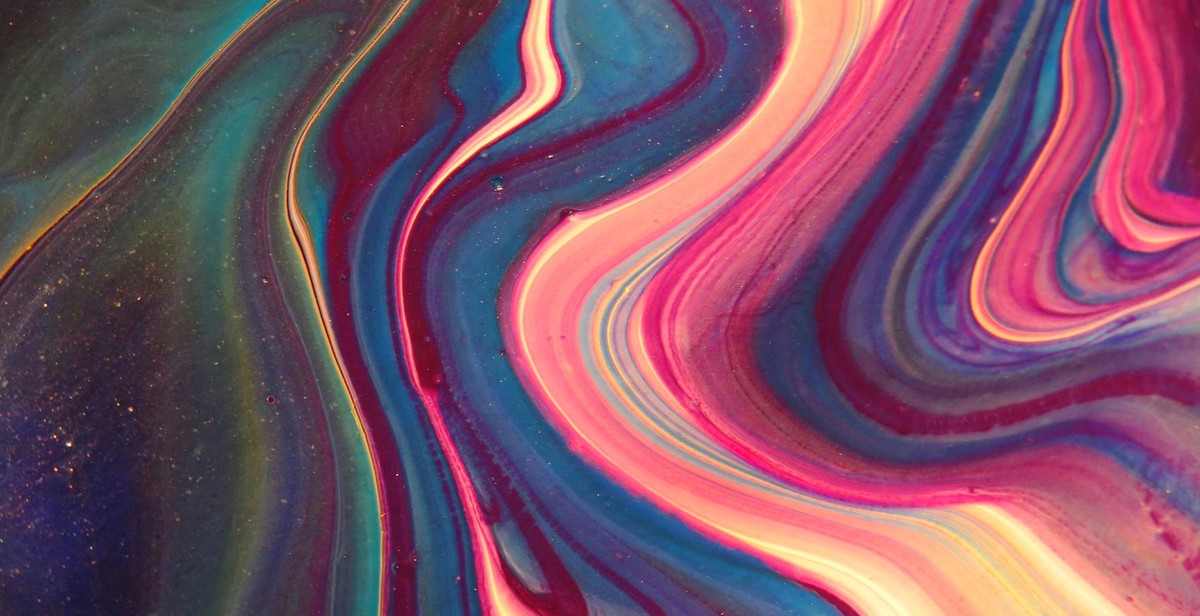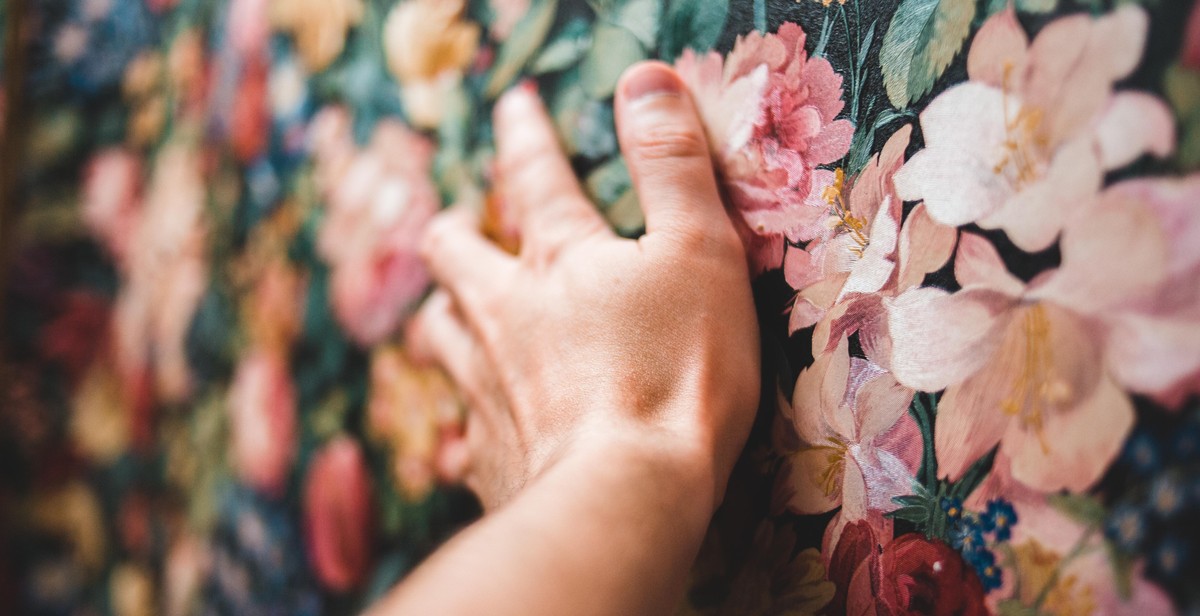How to Create Volcanic Artwork: Techniques for Painting or Sculpting Volcanic Landscapes
Volcanic landscapes are some of the most awe-inspiring and dramatic natural wonders in the world. They offer a unique challenge to artists who want to capture their raw power and beauty in their artwork. Whether you’re a painter or a sculptor, creating volcanic artwork requires a deep understanding of the geology and aesthetics of these landscapes, as well as a range of technical skills and techniques.
The Art of Painting Volcanic Landscapes
Painting volcanic landscapes can be a challenging but rewarding experience. From the glowing magma to the rugged terrain, there are many elements to consider when creating a realistic and striking painting. Some of the techniques that can be used include:
- Layering colors to create depth and texture
- Using a variety of brush strokes to capture the rough texture of volcanic rock
- Experimenting with different lighting techniques to create a sense of drama and intensity
The Art of Sculpting Volcanic Landscapes
Sculpting volcanic landscapes is another way to capture the beauty and power of these natural wonders. Sculptors can use a range of materials, such as clay, stone, or metal, to create intricate and detailed models of volcanoes and their surrounding landscapes. Some of the techniques that can be used include:
- Carving and shaping materials to create a realistic texture and form
- Using different tools to add fine details and textures to the sculpture
- Experimenting with different finishes to create a realistic look and feel
Whether you choose to paint or sculpt, creating volcanic artwork is a challenging and rewarding experience that requires skill, patience, and a deep appreciation for the power and beauty of nature.

Choosing Your Medium
When it comes to creating volcanic artwork, you have two main options: painting with acrylics or sculpting with clay. Both mediums have their own unique advantages and challenges, so it’s important to consider which one will work best for your particular project.
Painting with Acrylics
Acrylic paints are a popular choice for volcanic artwork because they dry quickly and are easy to work with. They also offer a wide range of colors and can be mixed to create customized shades. Additionally, acrylics are versatile and can be used on a variety of surfaces, including canvas, paper, and even wood.
When painting volcanic landscapes with acrylics, it’s important to consider the texture of the surface you’re working on. For example, if you’re painting on canvas, you may want to use a thicker paint to create a more textured look. You can also experiment with different brush strokes and techniques to create the appearance of lava flows and volcanic ash.
Sculpting with Clay
Clay is another popular medium for creating volcanic artwork, particularly for sculptures and three-dimensional pieces. Unlike acrylics, clay allows you to create intricate details and textures, making it ideal for capturing the rough, jagged surface of volcanic rock.
Working with clay does require a bit more skill and patience than painting with acrylics, as you’ll need to mold and shape the clay to create your desired form. You’ll also need to consider the firing process, as most types of clay require baking in a kiln to harden and set.
| Painting with Acrylics | Sculpting with Clay |
|---|---|
| Dries quickly | Allows for intricate details |
| Easy to work with | Requires skill and patience |
| Offers a wide range of colors | Requires firing in a kiln |
| Can be used on a variety of surfaces | Ideal for creating three-dimensional pieces |
Ultimately, the choice between painting with acrylics and sculpting with clay will depend on your personal preferences and the type of artwork you’re creating. Both mediums offer their own unique benefits and challenges, so it’s important to experiment with both to determine which one works best for your particular project.

Gathering Inspiration
Before creating any artwork, it’s important to gather inspiration and ideas. In the case of volcanic artwork, there are several ways to find inspiration.
Researching Real Volcanoes
One of the best ways to gather inspiration for volcanic artwork is to research real volcanoes. This can be done through books, documentaries, or even visiting volcanic areas in person. By studying the geography, colors, and textures of real volcanic landscapes, artists can gain a better understanding of how to accurately depict them in their artwork.
Some famous volcanoes to research include Mount Vesuvius in Italy, Mount Fuji in Japan, and Mount Kilimanjaro in Tanzania.
Exploring Artistic Interpretations
While researching real volcanoes is important for accuracy, it’s also important to explore artistic interpretations of volcanic landscapes. This can be done by looking at paintings, sculptures, and other artwork featuring volcanoes.
Some famous artists who have depicted volcanic landscapes include J.M.W. Turner, Claude Monet, and Georgia O’Keeffe.
Exploring different artistic interpretations can help artists find their own unique style and approach to depicting volcanoes in their artwork.
Creating a Mood Board
After researching real volcanoes and exploring artistic interpretations, it can be helpful to create a mood board. This can be done digitally or physically by collecting images, colors, and textures that inspire the artist’s vision for their volcanic artwork.
A mood board can help artists stay focused and inspired throughout the creative process.
- Research real volcanoes
- Explore artistic interpretations
- Create a mood board
By gathering inspiration through research and exploration, artists can create volcanic artwork that is both accurate and unique to their own style and vision.

Creating Your Composition
Before you start painting or sculpting your volcanic landscape, it’s important to have a clear idea of what you want to create. Sketching out your idea can help you visualize the composition and make adjustments before you begin your artwork. Here are some tips to help you create your composition:
Sketching Your Idea
Take some time to sketch out your idea for your volcanic landscape. Start by sketching the basic shapes of the volcano, the surrounding landscape, and any other elements you want to include in your artwork. Don’t worry about adding too much detail at this point; the goal is to get a rough idea of the composition.
Once you have a basic sketch, you can start to refine your composition. Think about the placement of the volcano in the landscape, the size and shape of the volcano, and the overall balance of the composition. Consider adding elements like trees, rocks, or water to help create a sense of depth and realism.
Selecting Your Color Palette
When selecting your color palette, think about the colors you see in volcanic landscapes. Volcanoes can have a range of colors, from the dark grays and blacks of cooled lava to the bright oranges and yellows of molten lava. The surrounding landscape may also have a variety of colors, from lush greens to barren browns.
Consider using warm colors like oranges, yellows, and reds to create a sense of heat and intensity in your artwork. Cooler colors like blues and greens can be used to create a sense of calm and balance. Use a variety of shades and tones to help create depth and dimension in your artwork.
By sketching your idea and selecting your color palette, you can create a strong composition for your volcanic artwork. With a solid foundation in place, you’ll be ready to start painting or sculpting your masterpiece.

Adding Depth and Texture
Creating a volcanic landscape requires more than just painting or sculpting a simple mountain shape. To make your artwork look more realistic, it is essential to add depth and texture to your piece. There are two techniques you can use to achieve this effect: layering your paint and adding details with sculpting tools.
Layering Your Paint
Layering is a technique that involves applying multiple layers of paint to create a sense of depth in your artwork. To do this, start by painting the base layer of your volcano. Use a darker color to create shadows and add depth to the mountain. Then, gradually add lighter colors to the top of the mountain to create the illusion of light hitting its peak.
After you have painted the base layer, it is time to add more texture to your artwork. Use a sponge or a stippling brush to create a rough texture on the surface of the mountain. This will give the illusion of rocks and boulders on the surface of the volcano.
Adding Details with Sculpting Tools
In addition to layering your paint, you can also add texture and depth to your artwork by using sculpting tools. These tools are designed to help you create intricate details on the surface of your artwork, such as cracks, crevices, and other geological features.
Start by using a small sculpting tool to create cracks and crevices on the surface of the mountain. Then, use a larger tool to create deeper grooves and valleys. You can also use a wire brush to create a rough texture on the surface of the mountain.
Finally, to add the finishing touches to your artwork, use a dry brush to gently blend the colors together and create a more natural-looking surface. This will give the illusion of wind and weather erosion on the volcano.
By using these techniques, you can create a stunning volcanic landscape that is both realistic and visually striking.

Finishing Touches
Once you have completed painting or sculpting your volcanic landscape, it is time to add the finishing touches to make your artwork stand out. Here are two essential steps to take:
Adding Highlights and Shadows
Adding highlights and shadows to your artwork can give it depth and make it more realistic. To add highlights, use a lighter color of paint or clay and apply it to the areas of your artwork that would naturally catch the light. To add shadows, use a darker color and apply it to the areas that would naturally be in shadow. Take a look at reference photos of volcanic landscapes to get an idea of where to add highlights and shadows.
Sealing Your Artwork
Sealing your artwork is important to protect it from damage and ensure it lasts for years to come. For painted artwork, use a clear gloss varnish to seal it. Apply the varnish in thin coats, allowing each coat to dry before applying the next. For sculpted artwork, use a clear sealant to protect it. Apply the sealant in thin coats, allowing each coat to dry before applying the next.
By following these two steps, you can take your volcanic artwork to the next level and create a stunning masterpiece.
